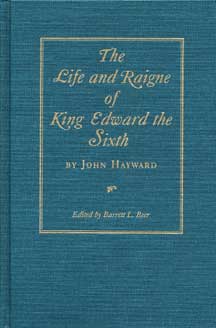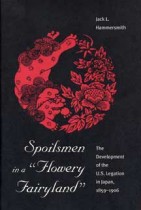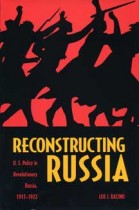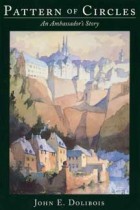The Life and Raigne of King Edward the Sixth
European & World HistoryBarrett L Beer
Barrett Beer here presents the first scholarly edition of Sir John Hayward’s Life and Raigne of King Edward VI, the earliest biography of the last Tudor king. Originally published in 1630 and again in 1636, Hayward’s account was reprinted in White Kennett’s Complete History of England in 1706. Beer uses the printed editions and unpublished manuscripts to produce a more complete text of Hayward’s book than has ever before appeared in print. In his introduction he examines the environment in which Hayward wrote and considers the influence this pioneering work has had on attitudes toward the mid-Tudor period.
The only son of Henry VIII, Edward VI (1537-53) ruled during the Protestant Reformation in England, a period not only of dramatic religious change, but also of warfare, political intrigue, and popular rebellion. Hayward, who was imprisoned by Elizabeth I for his controversial book on Henry IV and his involvement in the conspiracy of the Earl of Essex in 1600, wrote his biography of Edward at the end of the Jacobean period when major challenges were facing the monarchy. He proclaimed that his narrative was intended to be a “monument” to the “un-perishable fame” of the king and focused his efforts on court politics, foreign policy, and military affairs.
Although few contemporary scholars would accept Hayward’s interpretation of the reign at face value, his work influenced historical thinking for over three centuries.
Ever since the art of biography was perfected, royalty has attracted biographers like so many bears to the honey pot. The attraction derives from a threefold assumption: that sovereigns really do posess and exercise power for good and evil; that their lives are somehow richer, more intense, and more susceptible to corruption than those of common folk; and that the “royal throne of kings” is always marketable. Seventeenth-century writers would have added a fourth and, for them, more important element: that history, especially the deeds and decisions of the rich and powerful, was driven by a providential imperative which linked the past to the present by ties of causation and analogy. History, therefore, contained a moral lesson for the benefit of the living and was a mirror in which it could both discern God’s purpose and comment upon itself. This last assumption gave to seventeenth-century biography a polemical and contemporary flavor now lost to the twentieth century. John Hayward and his generation of historical biographers and dramatists were writing about figures and events that had contemporary impact. Their works could be—indeed often were—censored, and the suspected hidden meaning of their histories could land unwary authors in jail.
Like any biographer, John Hayward struggled with the dichotomy implicit in the title of his work, the tension between a Life and a Raigne. What was the proper balance between the two, and to what extent did one explain the other? In the case of Edward VI the equilibrium was hopelessly out of balance because the child king, who lived only sixteen years and reigned six years, five months and nine days, never had a chance to rule and thereby generate the documentary pieces that create the jigsaw puzzle of historica personality. For Hayward, Edward remained forever a two-dimensional stereotype of unrealized potentiality: “in disposition . . . mild, gracious and pleasant, of an heavenly wit; in body beautiful . . . a miracle of nature” that never reached maturity.
Hayward established what is still the standard approach to Edward’s reign—a study of divine-right kingship in which the powers of monarchy resided not in the head but in weak and corruptible servants surrounding the crown. Here was the making of tragedy both political and personal, and Hayward presents the reign as a three-act tragedy about Sir Edward Seymour, Duke of Somerset, Lord Protector of the realm, and senior uncle of the king. The “good duke” proved to be an easy morsel for the barracudas that circled about the child king, the most dangerous being John Dudley, Earl of Warwick, who was a master of dissimulation, always ready to instigate “any mischief” to attain his “ambitious ends.”
Authors who tell “sad stories of the death of kings” in an age which viewed history as a reflection of itself could get into serious trouble. Hayward discovered this when he was closely interrogated by Elizabeth’s council for having dedicated his newly published Henrie IIII to the troublesome earl of Essex. Fortunately, he escaped with only a spell in the Tower of London by way of punishment for participating in the dangerous craft of history writing. He lived to complete his Life and Raigne of Edward Sixth, a piece of historical literature which, despite the advances of modern scholarship, still sets the flavor of a reign steeped in drama and personal tragedy.
—Lacey Baldwin Smith
Peter B. Ritzma Professor in the Humanities
Northwestern University





